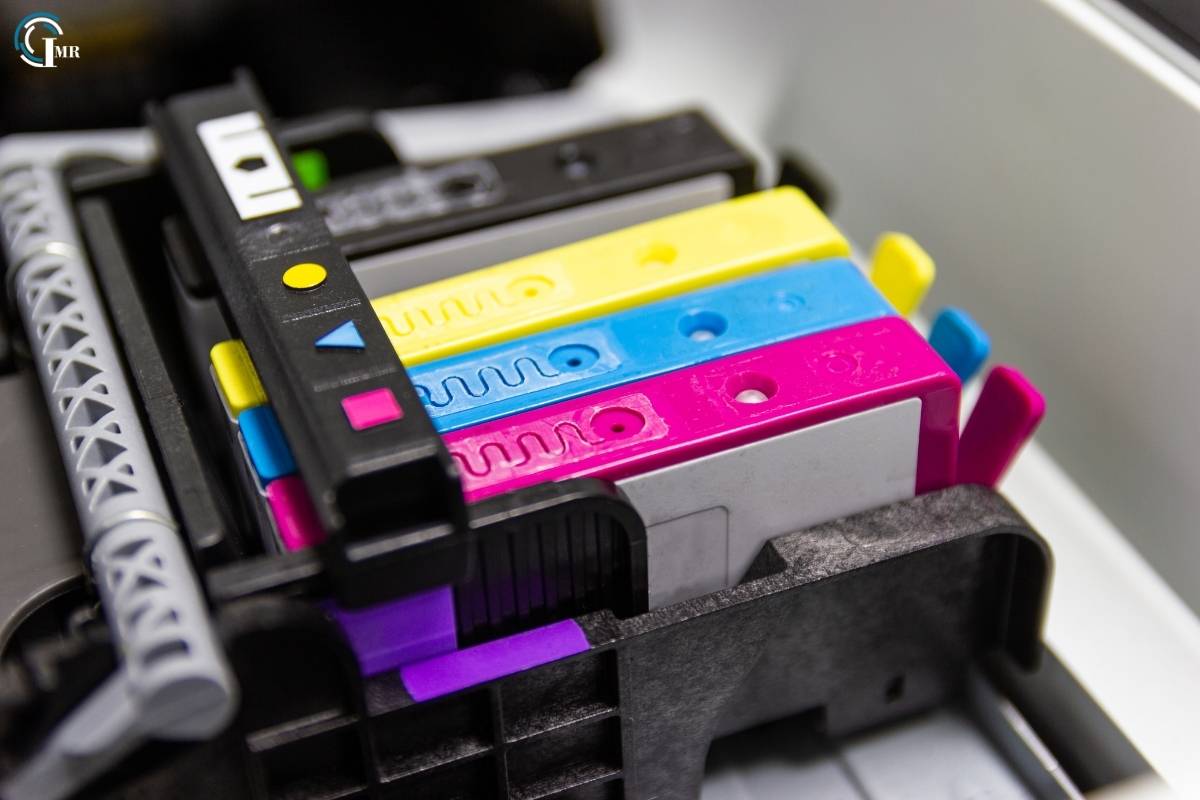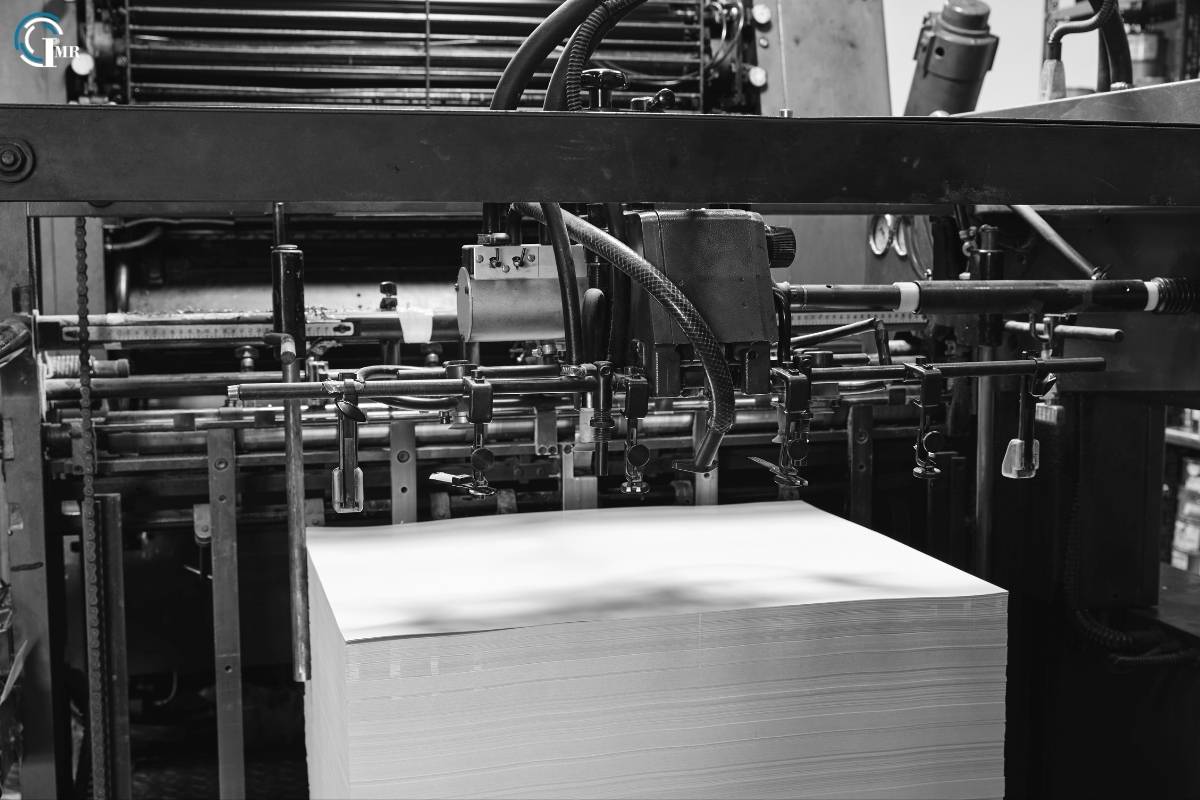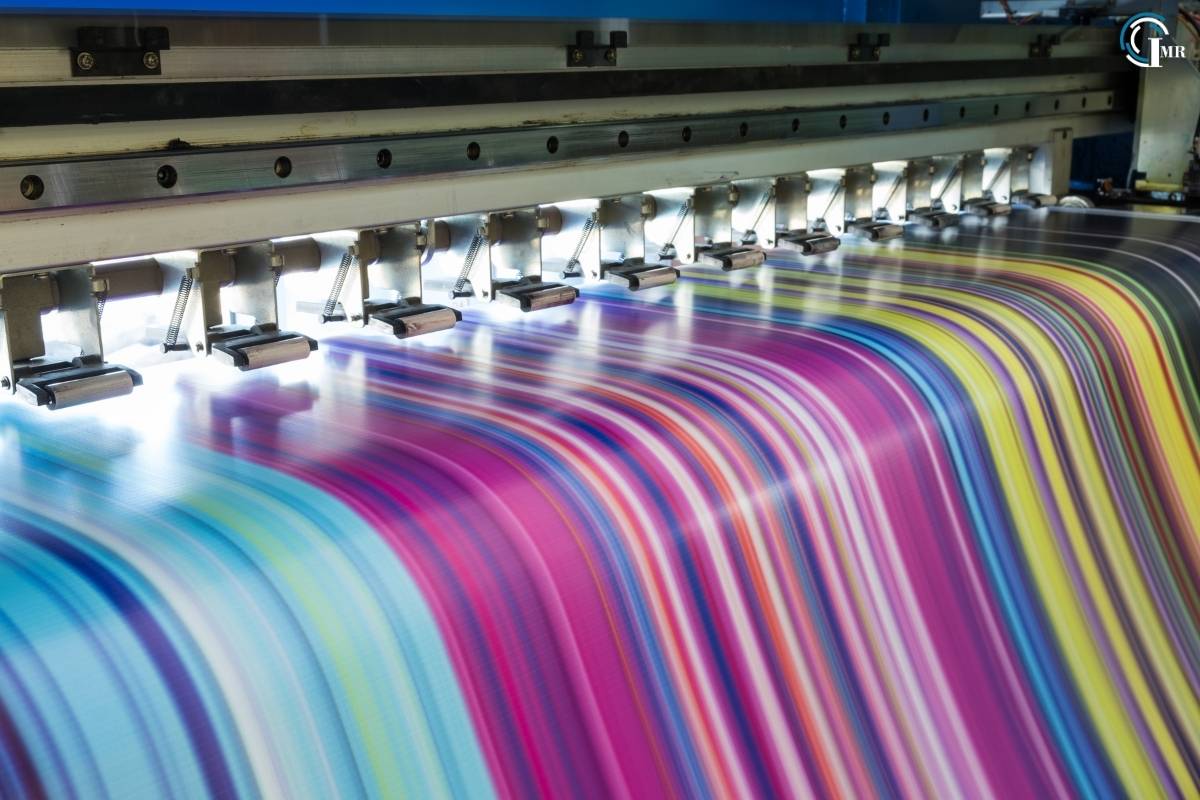Thermal Printing: Applications, Advantages, Innovations and Future Trends
Thermal Printing: Applications, Advantages, Innovations and Future Trends
Blog Article
Exploring Thermal Printing: Technology, Applications, And Advantages

Thermal printing, a technology integral to many aspects of modern life, quietly revolutionizes industries ranging from retail to healthcare with its efficiency, versatility, and reliability. This article delves into the workings of thermal printing, its various applications across different sectors, and the advantages that make it a preferred choice in today’s digital age.
Understanding Printing Technology
Thermal printing is a method of digital printing that utilizes heat to transfer ink onto paper or other media. Unlike traditional inkjet or laser printers, thermal printers do not require ink cartridges or toners. Instead, they use special thermal paper coated with heat-sensitive materials. When the thermal printhead applies heat to specific areas of the paper, the coating reacts by changing color, creating text, images, or barcodes.
There are two main types of ink-jet printer technologies: direct thermal and thermal transfer. Direct ink-jet printers involve heating the thermal paper directly to create the desired print, suitable for applications such as receipts, shipping labels, and tickets. Thermal transfer printing, on the other hand, uses a ribbon coated with wax, resin, or a combination of both. The heat transfers ink from the ribbon onto the substrate, offering more durable prints suitable for applications requiring longevity and resistance to abrasion or environmental conditions.
Applications of ink-jet printer

Logistics and Shipping: In logistics and shipping industries, thermal printing plays a crucial role in printing shipping labels, tracking codes, and packing slips. The clarity and durability of thermal prints facilitate accurate package identification and tracking throughout the supply chain.
Healthcare: Thermal printers are essential in healthcare settings for printing patient wristbands, medical labels, prescription labels, and laboratory specimen labels. Their ability to produce high-resolution prints quickly and quietly is particularly advantageous in sensitive medical environments.
Manufacturing and Industrial Applications: Ink-jet printer is used in manufacturing for printing product labels, barcodes, and inventory tags. Its durability and resistance to smudging make it ideal for harsh industrial environments where reliability is paramount.

Advantages of Thermal Printing
Cost-Effective: Ink-jet printer eliminates the need for ink cartridges or toners, reducing ongoing operational costs associated with traditional printing methods.
Speed and Efficiency: Thermal printers operate at high speeds, enabling rapid printing of labels and receipts, thereby improving productivity and customer service.
High-Quality Prints: Thermal prints are sharp, clear, and resistant to smudging, ensuring readability and durability even in demanding environments.

Environmental Benefits: Thermal printing reduces waste generated by traditional printing methods, such as empty ink cartridges and toners, contributing to environmental sustainability.
Innovations and Future Trends
The evolution of ink-jet printer technology continues to drive innovations across various industries. Advancements include improved printhead durability, enhanced connectivity options (such as wireless and cloud integration), and the development of eco-friendly thermal papers and ribbons. These innovations aim to further optimize efficiency, reduce operational costs, and meet the growing demand for sustainable printing solutions.
Looking ahead, the integration of ink-jet printer with Internet of Things (IoT) technologies and artificial intelligence (AI) is expected to expand its applications in smart packaging, automated inventory management, and personalized customer experiences. As industries increasingly prioritize efficiency, reliability, and sustainability, ink-jet printer remains poised to play a pivotal role in meeting these evolving needs.
Conclusion
In conclusion, thermal printing stands as a testament to the power of technology to streamline processes, enhance productivity, and drive innovation across diverse sectors. From retail transactions to healthcare operations and beyond, its versatility and efficiency continue to shape the way businesses operate and interact with customers. As advancements in ink-jet printer technology persist, so too will its influence in meeting the demands of a rapidly changing digital landscape, ensuring its relevance well into the future.